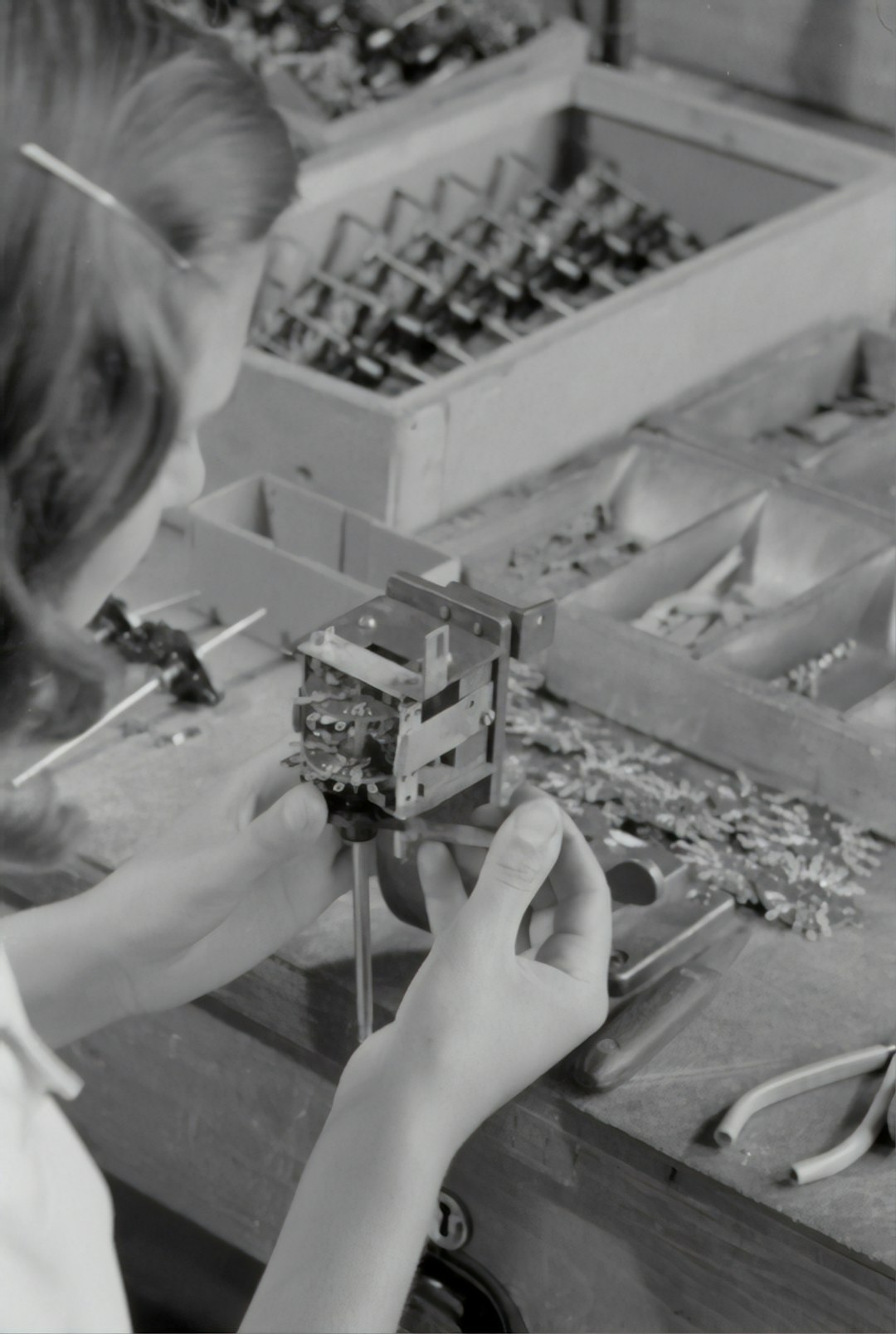Riverside’s economic narrative is a rich tapestry woven through centuries, evolving from fertile fields to an innovation powerhouse. This article traces the transformative journey of its economy, highlighting key milestones that have shaped its trajectory. From its agricultural origins, through industrial diversification in the 20th century, to today’s thriving innovation sector, Riverside’s economy has consistently adapted and expanded, reflecting its capacity for growth and resilience. Join us as we explore how this city reinvented itself and became a model of economic evolution and entrepreneurial spirit.
- Historical Foundations: The Agricultural Roots of Riverside's Economy
- Diversification and Industrial Growth: Riverside's Transition Through the Twentieth Century
- Technological Advancements and the Rise of Innovation Sector in Riverside
- Modern Economic Landscape: Riverside Today – A Hub of Diverse Industries and Entrepreneurship
Historical Foundations: The Agricultural Roots of Riverside's Economy

Riverside, California, a city nestled in the Inland Empire, has experienced a dynamic economic transformation over the decades. Its historical foundations are deeply rooted in agriculture, which played a pivotal role in shaping its early economy. The fertile lands and ideal climate conditions made it conducive for the cultivation of citrus fruits, particularly lemons, oranges, and valencia oranges, for which the region became renowned. This agricultural sector not only provided sustenance but also established Riverside as a significant economic player within the state. The establishment of the University of California, Riverside, in 1954, further solidified the city’s agricultural ties by contributing to research and innovation in agronomy.
As time progressed, the city’s economy diversified. The introduction of new industries and technologies sparked a transition from a predominantly agricultural-based economy to one that embraces innovation and entrepreneurship. Today, Riverside boasts a robust manufacturing sector, with companies specializing in aerospace, electronics, and medical devices. The city’s strategic location, access to transportation networks, and a growing skilled workforce have facilitated this economic evolution. Riverside’s economy now reflects a balanced blend of traditional sectors and cutting-edge industries, exemplifying the city’s adaptability and forward-thinking approach.
Diversification and Industrial Growth: Riverside's Transition Through the Twentieth Century

Riverside, a city in California’s Inland Empire, has undergone significant economic transformations throughout the twentieth century. Initially, its economy was anchored in agriculture, with citrus groves and fruit packers defining the region’s economic landscape. However, as the century progressed, Riverside began to diversify its economic base, laying the groundwork for industrial growth that would shape its future.
The city’s strategic location near major highways and its proximity to Los Angeles facilitated the expansion of manufacturing and distribution sectors. This transition was marked by the establishment of several automotive-related industries, including General Motors’ plant which played a pivotal role in the region’s economic evolution. The diversification extended into the aviation and aerospace fields as well, with companies such as Lockheed Martin contributing to the city’s economic dynamism. The twentieth century closed with Riverside’s economy showing signs of a shift towards innovation, underpinned by the growth of the University of California, Riverside, which became a catalyst for scientific advancement and entrepreneurial ventures. This new era saw the emergence of technology startups and an increased focus on research and development, setting the stage for Riverside’s continued economic evolution into the twenty-first century.
Technological Advancements and the Rise of Innovation Sector in Riverside

The economy of Riverside has undergone a significant transformation, transitioning from a predominantly agricultural base to a diverse and thriving innovation sector. This evolution was propelled by technological advancements that reshaped the region’s industrial capabilities and workforce skills. As digital technology became more accessible, local businesses began adopting innovative practices, which paved the way for the emergence of new industries. The introduction of advanced manufacturing techniques, coupled with investments in research and development, catalyzed the growth of a burgeoning tech industry. Riverside’s economy now benefits from these technological strides, with sectors such as software development, biotechnology, and clean energy leading the charge in innovation. The region’s commitment to fostering an environment conducive to research and entrepreneurship has resulted in the establishment of numerous startups and technology incubators, further solidifying its position as a hub for economic diversification and innovation. This shift not only diversifies Riverside’s economic portfolio but also creates new opportunities for employment and investment, signaling a bright future for the region’s economy.
Modern Economic Landscape: Riverside Today – A Hub of Diverse Industries and Entrepreneurship

Riverside, California, has undergone a remarkable transformation in its economic landscape over the decades. Once dominated by agriculture, particularly citrus groves that were synonymous with the region’s identity, today’s Riverside showcases a dynamic and diverse array of industries. The city’s economy has expanded to include sectors such as education, healthcare, and technology, positioning it as a burgeoning center for innovation and entrepreneurship. The University of California, Riverside, has played a pivotal role in this evolution, fostering research and development that have spawned numerous startups and spin-off companies. This academic and research influence, coupled with strategic investments in infrastructure and business incentives, has attracted a multitude of businesses across various fields, from manufacturing to renewable energy. The result is a vibrant economic ecosystem where small businesses thrive alongside large corporations, all contributing to the region’s economic vitality. Riverside’s economy now stands as a testament to its ability to adapt and grow, offering a rich tapestry of employment opportunities and driving the region’s prosperity with a robust and forward-thinking approach.
Riverside’s economic evolution from its agricultural origins to a dynamic hub of innovation showcases a remarkable journey of growth, adaptation, and diversification. The city has successfully transitioned through various economic phases, culminating in a vibrant modern landscape characterized by its robust innovation sector and a thriving entrepreneurial community. As Riverside continues to harness technological advancements and foster an environment conducive to new ideas, its economy promises a future of sustained progress and economic vitality. This evolution underscores the city’s resilience and adaptability, positioning it as a model for economies undergoing similar transformations.



